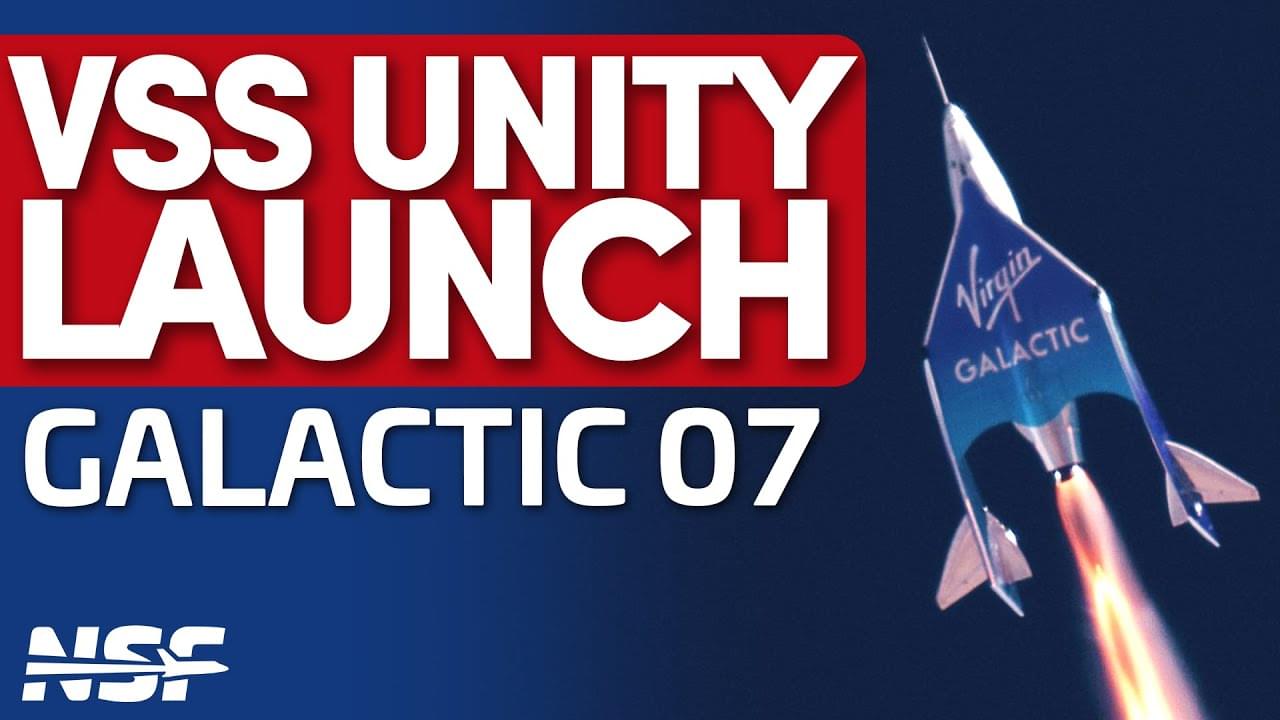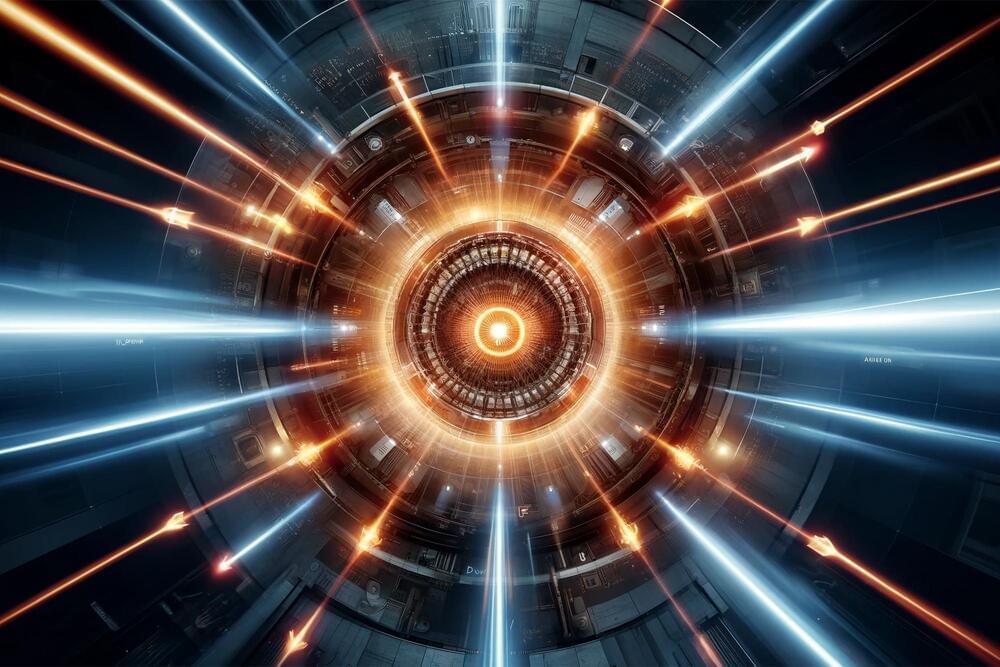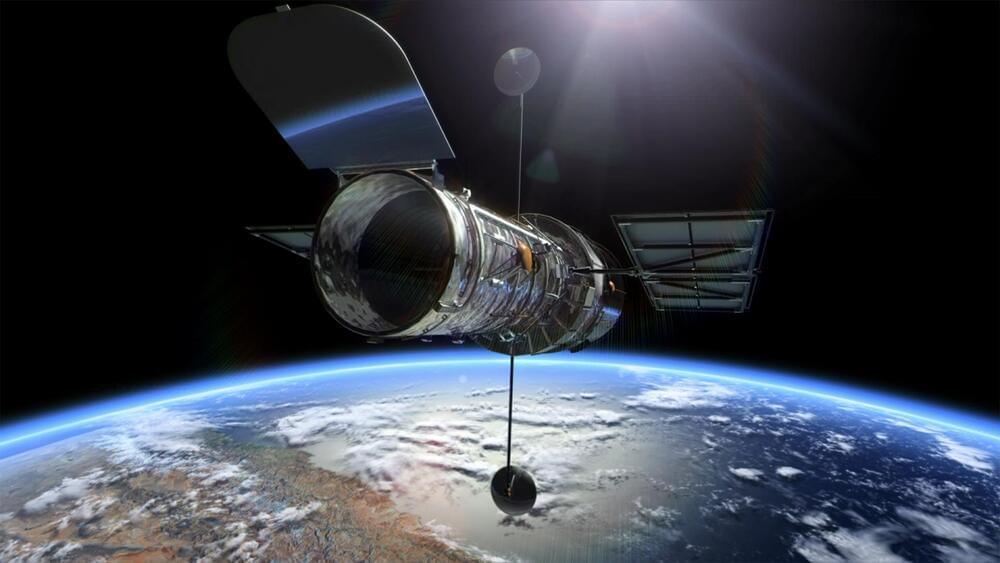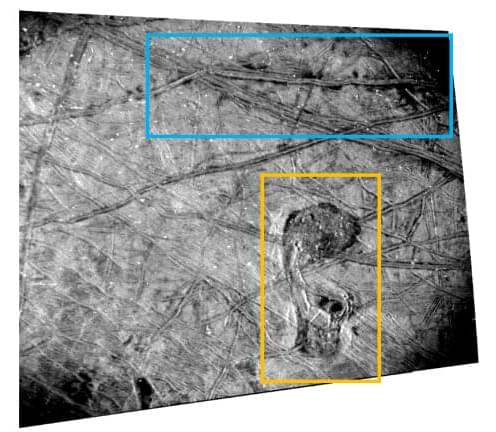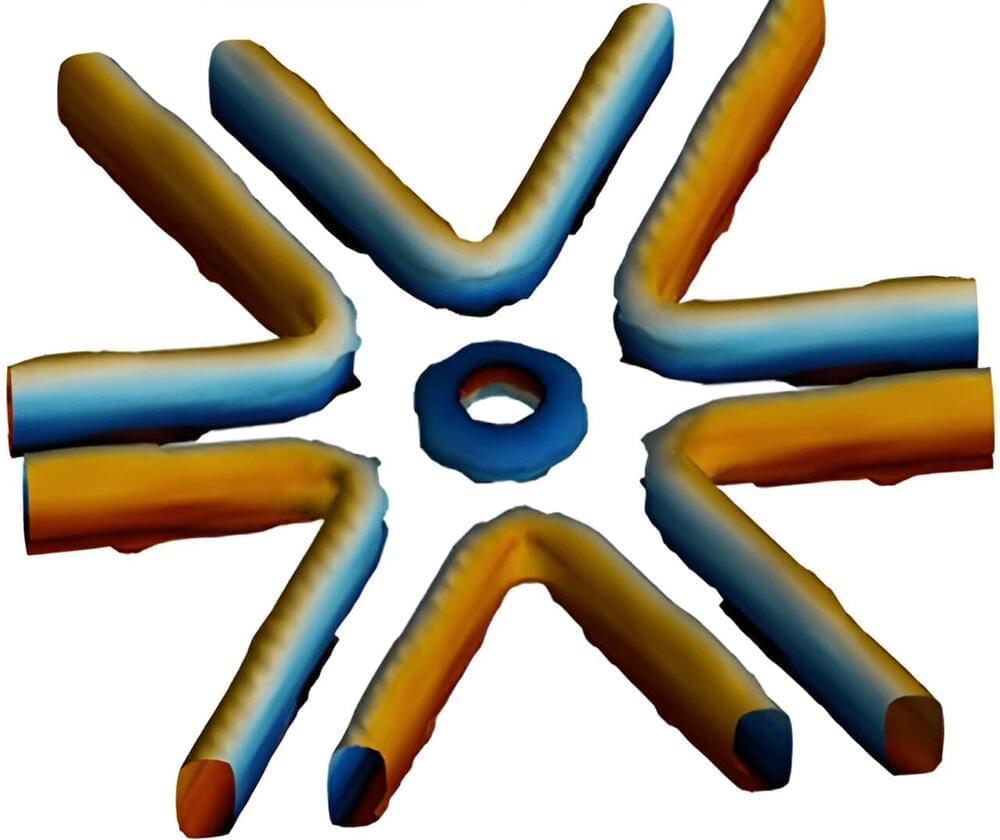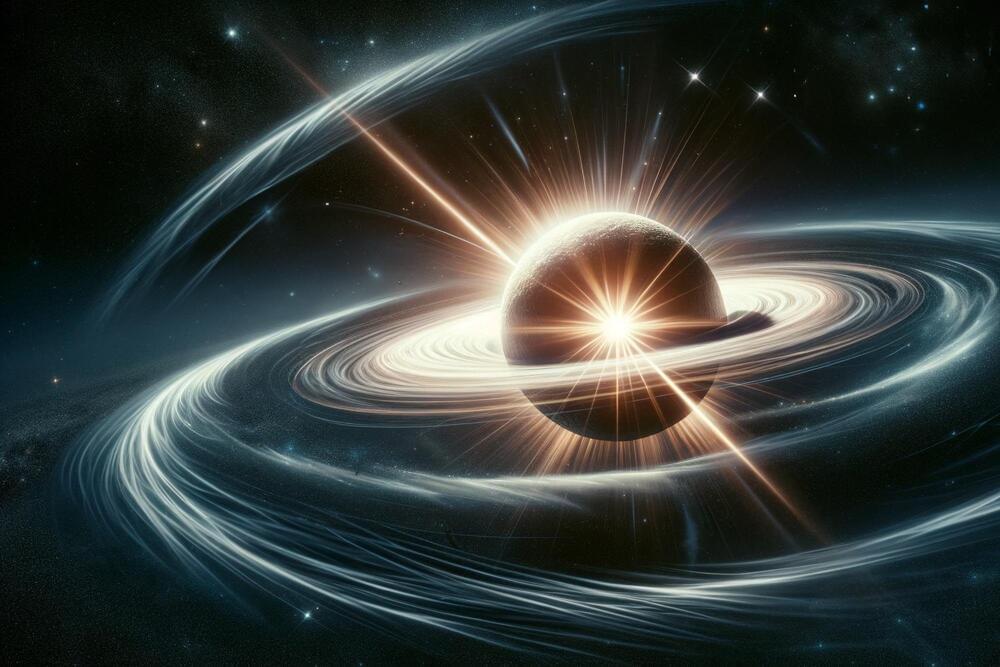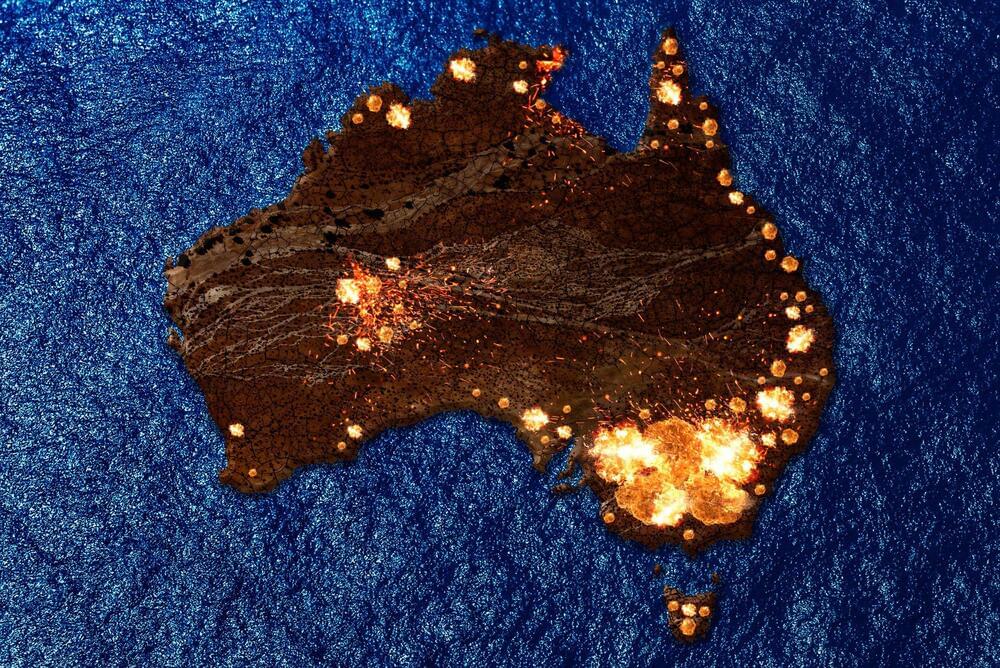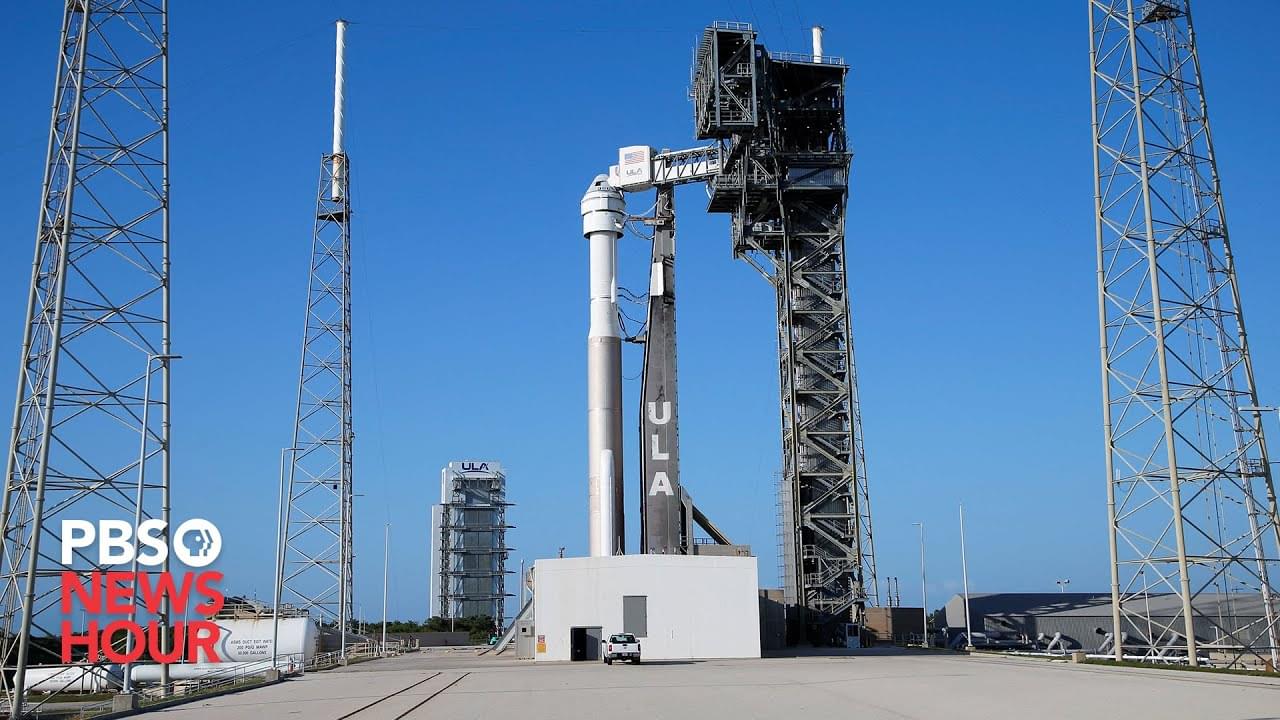Jun 8, 2024
Virgin Galactic Launches Crewed Galactic 07 Mission
Posted by Claudio Soprano in categories: 3D printing, robotics/AI, space
Virgin Galactic is using its SpaceShipTwo to launch the final commercial flight of VSS Unity. This is the 17th flight of the VSS Unity, before the company plans to upgrade the vehicle.
The commercial crew on this mission is composed of a researcher affiliated with Axiom Space, two private Americans, and a private Italian. The Virgin Galactic crew on Unity will be Commander Nicola Pecile and pilot Jameel Janjua.
Continue reading “Virgin Galactic Launches Crewed Galactic 07 Mission” »
